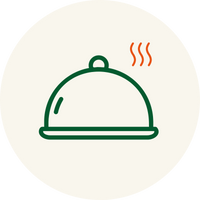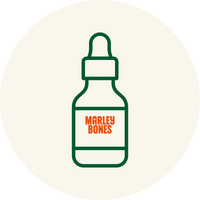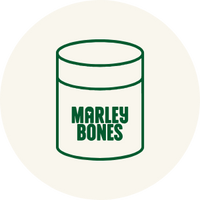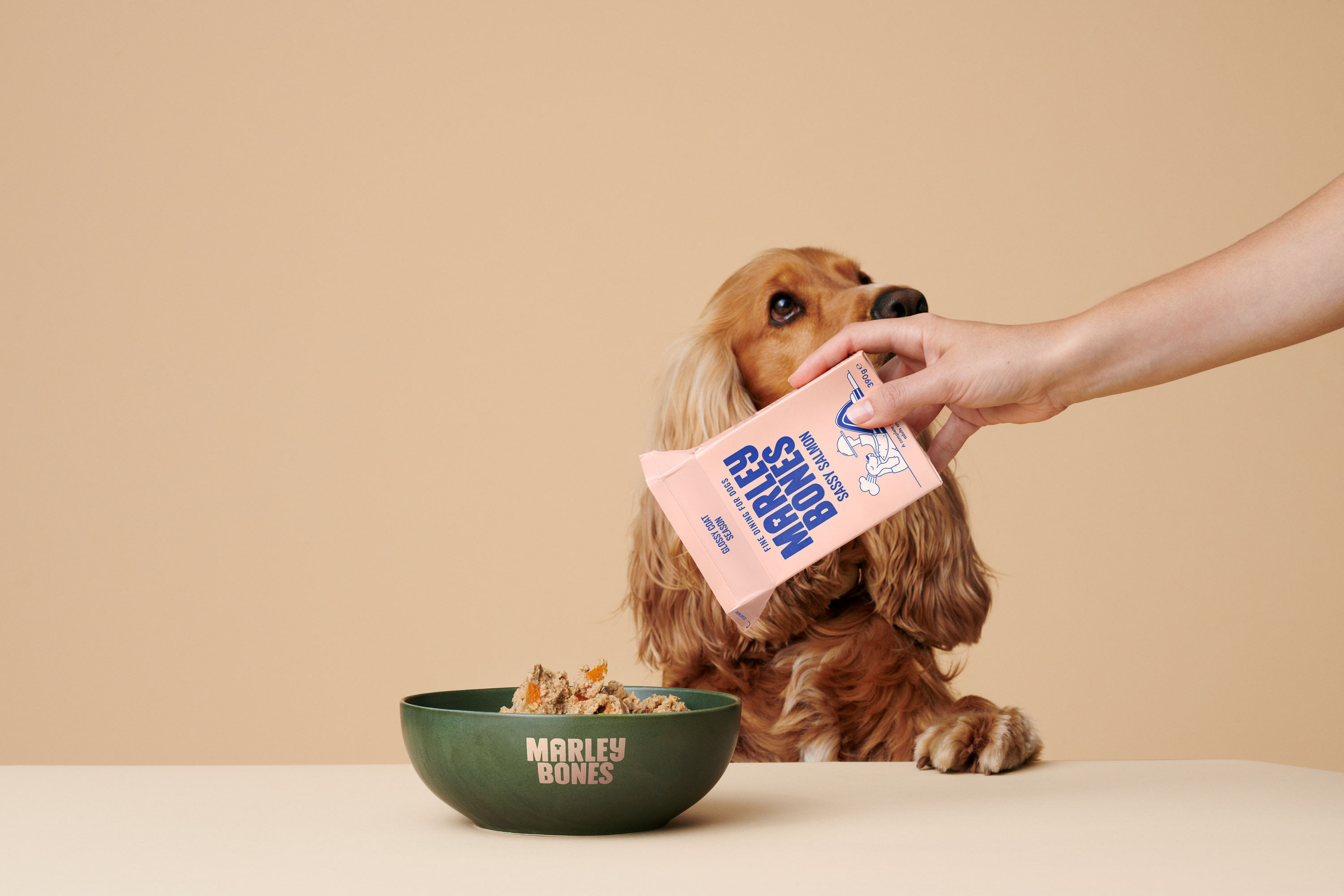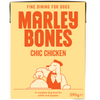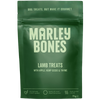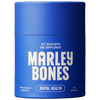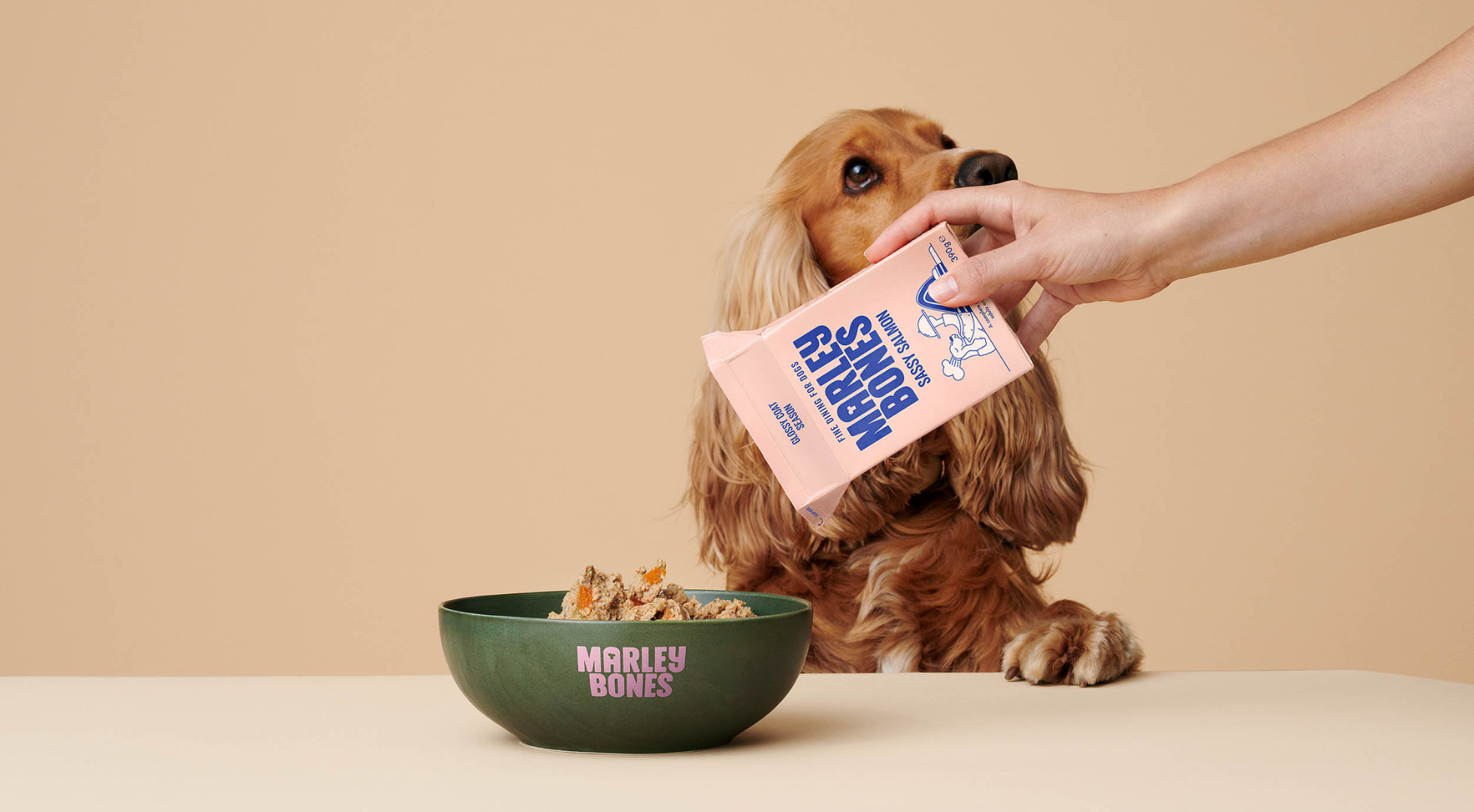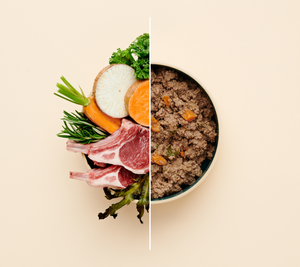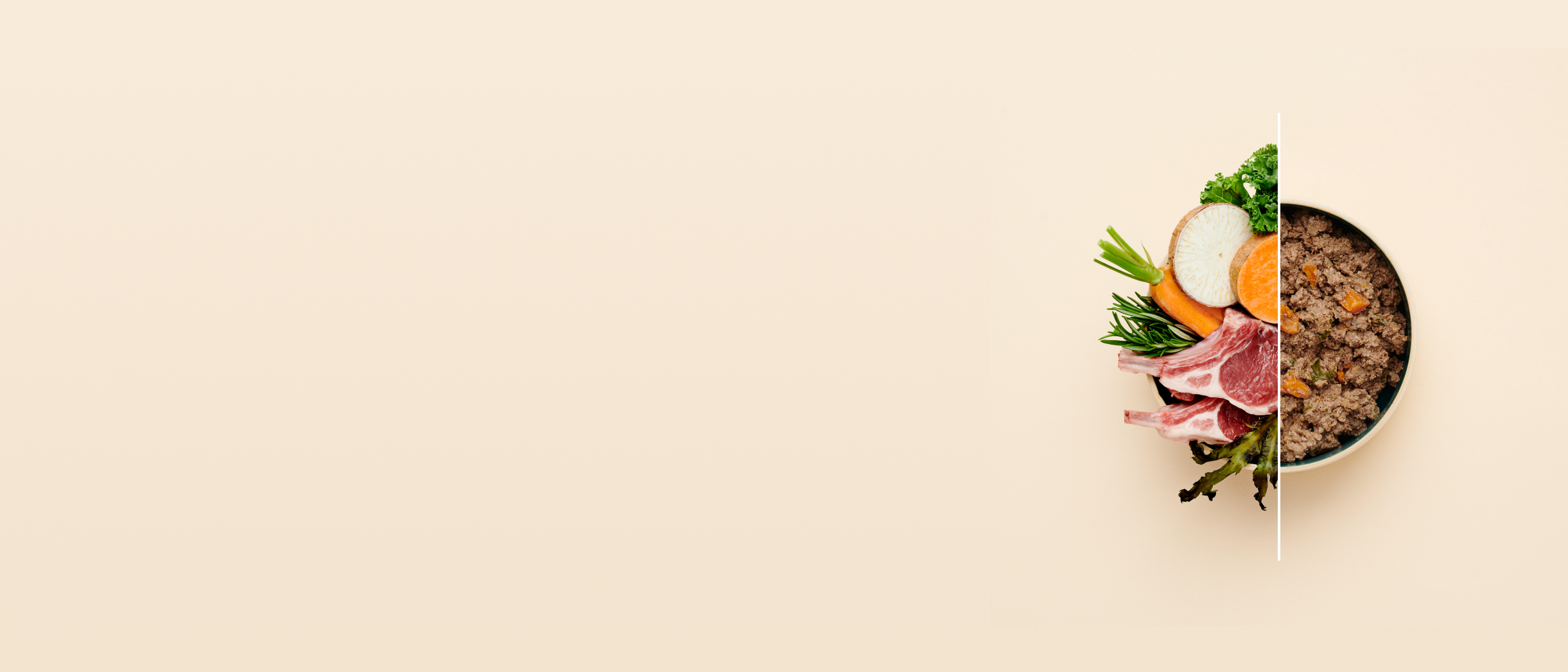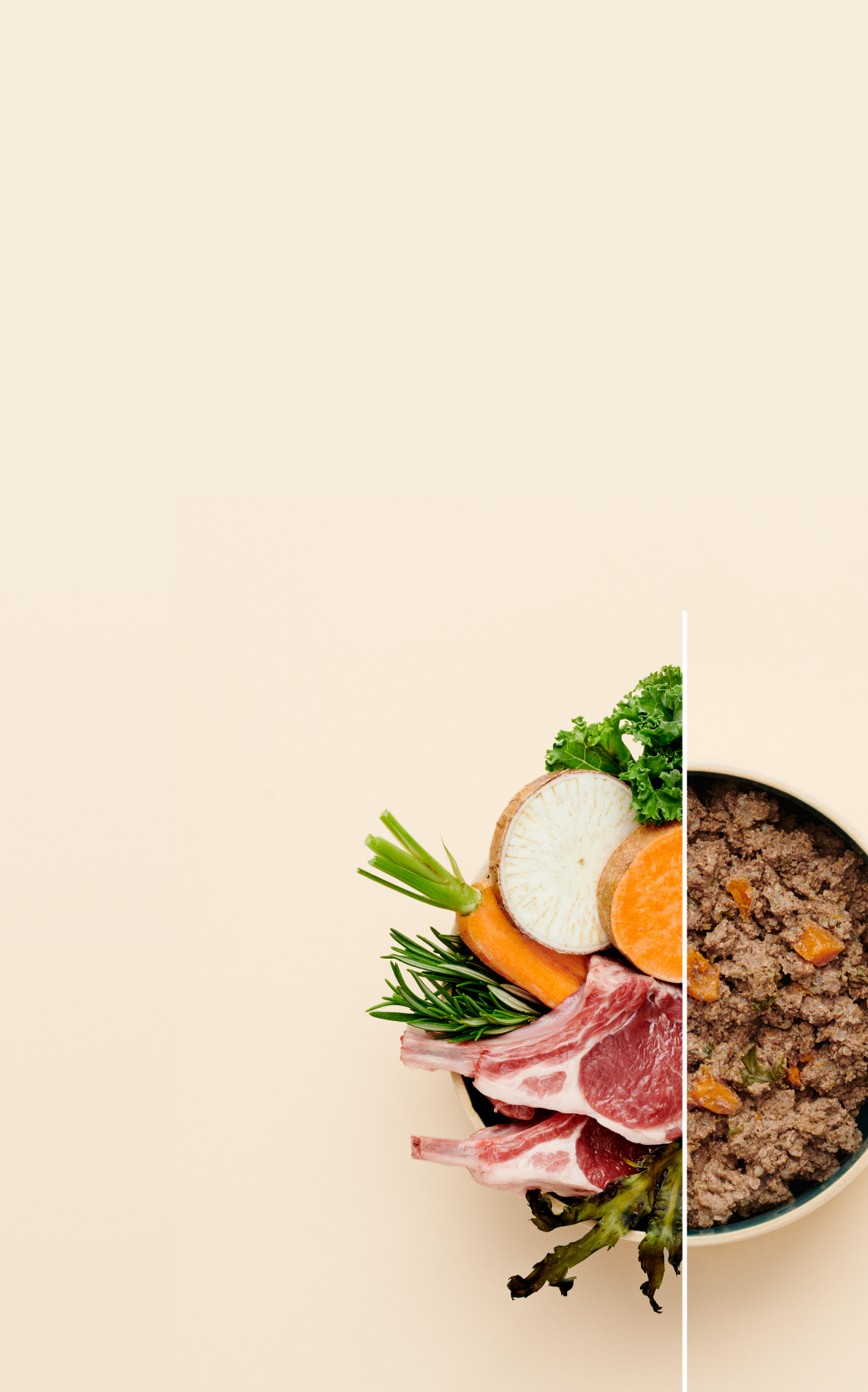How To Transition Your Dog To Fresh Food
Over the years, we’ve supported thousands of dog owners through the journey from conventional dry or processed foods to high-quality, fresh, balanced nutrition.
We know this transition can feel daunting — particularly if your dog is fussy or has a delicate digestive system. But with the right approach and a bit of patience, even the most selective or sensitive dogs can thrive on fresh food.
“We see so many dogs regain their spark once they’re on real, minimally processed food. The change is gradual, but the difference in their energy and coat is unmistakable.” – Dr. Davide Stefanutti, DVM, PhD
This guide combines veterinary nutrition science with real-world experience to help you manage the switch safely, successfully, and confidently.
- Understanding Your Dog’s Journey
- The Challenge We’re Solving Together
- Preparing for the Food Transition
- Master the Feeding Schedule
- Eliminate Competition
- Break Counterproductive Patterns
- Create the Optimal Eating Environment
- Your 21-Day Fresh Food Transition Roadmap
- Phase 1 — Days 1–3: Gentle Introduction
- Phase 2 — Days 4–6: Building Acceptance
- Phase 3 — Days 7–9: Approaching Full Transition
- Phase 4 — Days 10–21: Complete Fresh Nutrition
- Phase 5 — From Day 21 Onwards: Thriving on Fresh Food
- When to Contact Your Vet
- The Science Behind the 21-Day Approach
- The Final Woof
Understanding Your Dog’s Journey
When you switch to fresh dog food, your dog’s body must adapt — both biologically and behaviourally:
- The gut microbiome changes as new ingredients are introduced.
- Digestive enzymes adjust to process fresh proteins and vegetables.
- Taste preferences shift from artificial flavourings to natural aromas.
This process usually takes around three weeks, which is why gradual change works best. Knowing this timeline helps you set realistic expectations and prevents giving up too early on what could be a life-changing improvement.
The Challenge We’re Solving Together
Many dogs come to fresh feeding after years of digestive issues, inconsistent appetite, or general disinterest in meals. Owners often feel frustrated after trying multiple solutions without long-term success.
The good news? With a structured transition plan, almost every dog learns to love their food again — with improved digestion, energy, and overall wellbeing.

Preparing for the Food Transition
Master the Feeding Schedule
Dogs thrive on routine. Setting clear, consistent mealtimes helps stimulate appetite and build reliable eating habits.
Action plan:
- Feed at specific times (usually morning and evening).
- Offer food for 30 minutes, then remove any leftovers.
- Do not free-feed — this weakens hunger motivation.
- Keep the same schedule daily, including weekends.
Regularity teaches your dog that food has value and availability windows, creating natural anticipation and willingness to eat.
Eliminate Competition
During the transition, ensure your dog arrives at meals hungry and motivated!
- Pause all treats, table scraps, and extras during this period.
- Avoid feeding multiple pets together if competition causes distraction.
This short-term adjustment sets your dog up for long-term feeding success.
Break Counterproductive Patterns
If your dog refuses a meal and you immediately offer something tastier, you’re teaching them that refusal leads to reward.
Instead:
- If your dog doesn’t eat, remove the bowl and try again at the next scheduled feeding.
- Do not add toppers, coax, or hand-feed as a routine.
- It may feel tough initially, but this consistency helps reset expectations quickly.
Create the Optimal Eating Environment
Your dog’s surroundings affect their appetite more than you might think.
To create a calm, positive feeding space:
- Feed in a quiet area away from household activity.
- Remove distractions (other pets, children, toys, or noise).
- Maintain a calm, neutral energy when serving meals — avoid showing stress if they don’t eat.
If your dog doesn’t eat within 30 minutes, simply remove the food and wait for the next mealtime. Hunger will build naturally.

Your 21-Day Fresh Food Transition Roadmap
Phase 1 — Days 1–3: Gentle Introduction
Ratio: 25% new fresh food + 75% old food
Mix the foods thoroughly so your dog can’t pick around the new ingredients. Serve at room temperature or slightly warmed to bring out natural aromas.
What to expect:
- Mild curiosity and slower eating are normal.
- Stool texture may change slightly — this is a healthy adjustment.
- Don’t worry if they sniff or hesitate; calmly remove uneaten food and try again at the next meal.
Typical benefits:
- Increased interest at mealtimes
- Better focus during feeding
- Early appetite structure developing
Phase 2 — Days 4–6: Building Acceptance
Ratio: 50% fresh food + 50% old food
At this stage, the new food becomes a significant part of each meal.
You may notice:
- Softer stool or mild gas, as gut bacteria rebalance (a good sign).
- Increased enthusiasm for meals due to improved aroma and texture.
- Better hydration — especially for dogs previously on dry kibble.
- If stools become too loose, step back to 25% fresh food for three days, then retry 50%. A probiotic may help.
- A short walk or play session before meals boosts appetite.
- Offer calm praise when they eat well.
- Stay consistent — no extra snacks or alternatives.
Phase 3 — Days 7–9: Approaching Full Transition
Ratio: 75% fresh food + 25% old food
This phase is often the trickiest as the old food fades out. Stay patient and consistent.
Possible signs:
- Temporary loose stools (gut adjusting).
- Slight drop in appetite — this is temporary.
Management strategies:
- For texture concerns: lightly warm a portion to release aroma and slightly firm the texture.
- For flavour preference: try another recipe or protein source.
- For persistent pickiness: hand-feed a few pieces to re-engage interest, then return to bowl feeding quickly.
Likely improvements:
Phase 4 — Days 10–21: Complete Fresh Nutrition
Ratio: 100% fresh food
Congratulations — your dog is now on a fully fresh diet! But their digestive system continues to adapt throughout this stage.
What’s normal:
- Intermittent soft stools as enzymes stabilise
- Smaller, less odorous stools (thanks to high digestibility)
- Appetite settling into a consistent rhythm
- Add a little warm, low-sodium broth to boost aroma.
- Re-check portion sizes — fresh food is more nutrient-dense, so smaller portions can still meet energy needs.
- Offer three smaller meals if they prefer lighter portions.
Benefits emerging:
- Reduced itching or skin irritation
- More energy
- Clearer, regular digestion
Phase 5 — From Day 21 Onwards: Thriving on Fresh Food
After 21 days, your dog’s gut microbiome, enzymes, and behaviour have all fully adjusted.
Expected benefits:
- Consistent, well-formed stools
- Healthier coat and skin
- Better breath and oral hygiene
- Predictable, enthusiastic appetite
- Balanced energy and vitality
To maintain success:
- Keep structured mealtimes and a no-alternatives rule.
- Monitor your dog’s body condition and energy instead of fixating on empty bowls.
- Reintroduce treats sparingly and avoid overfeeding.

When to Contact Your Vet
Most dogs adapt smoothly, but contact your vet if you notice:
- Persistent loose stool beyond 21 days
- Repeated vomiting
- Complete meal refusal for several days
- Noticeable weight loss
Dogs with existing health conditions, puppies, or seniors may need individual transition adjustments.
The Science Behind the 21-Day Approach
This 21-day plan is based on veterinary research showing that:
- Gut microbiome stabilisation occurs within 2–3 weeks of a diet change.
- Digestive enzyme adaptation takes around 2 weeks.
- Feeding behaviour habits form after about 21 days of consistency.
Following this evidence-based process allows your dog’s body to adjust gradually — ensuring a smoother transition and long-term success.
“If you ever doubt it’s working, remember: adaptation happens inside before you see it outside. Keep going — the results will follow.” – Dr. Davide Stefanutti, DVM, PhD
The Final Woof
Switching your dog to fresh food isn’t just a dietary change — it’s a transformation in their health, behaviour, and quality of life.
By following this 21-day, vet-approved transition plan, you’re giving your dog the time their body needs to adapt naturally, leading to better digestion, consistent energy, and a renewed love for mealtime.
“Three weeks of patience for years of better health — that’s the real trade-off.” – Dr. Davide Stefanutti, DVM, PhD

